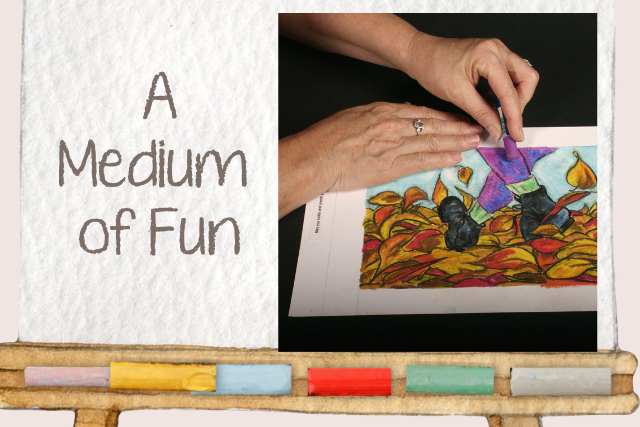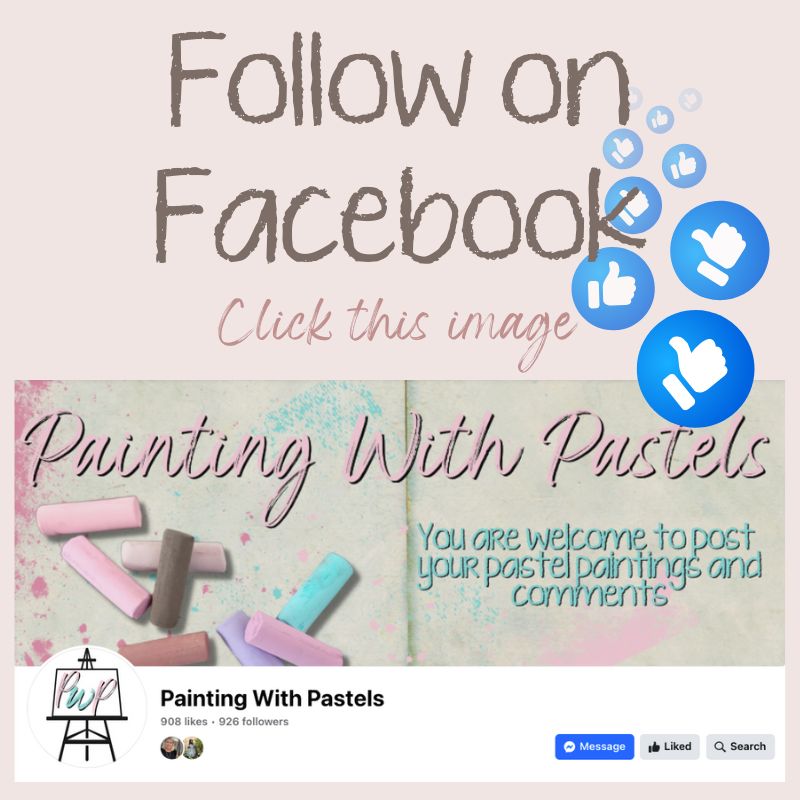This is a great medium and a lot of fun, but it can be a bit bewildering to know how to begin with pastels.
What should you buy to start with? Is it worth buying an expensive brand, or will a cheaper one do?
Here’s some advice to help you as you begin working with pastels:
1) In general, buy the best materials you can afford.
Art supplies are unfortunately quite expensive, and so for the beginner who doesn’t know whether this is going to be a pastel ‘fling’ or a life-long relationship, it can be tempting to try to economize on things such as pastels and paper. This makes sense, but it’s actually a really bad idea. The reason is that with art supplies, you pay for quality, and there’s a risk that if you buy the cheaper stuff, you’ll be so unimpressed with the experience that you’ll quit without really seeing what the medium has to offer. That would be a real shame.
If you need to economize, don’t forget eBay as an option for buying your art supplies. Particularly for pastels, you can find some very good deals on eBay that you’re unlikely to find matched in brick-and-mortar art supply stores.
2) Begin with a decent range of colours.
The beginning pastel artist has a tricky decision to make early. You can’t mix pastels on a palette like with paints, so you really need a decent selection of colours to work with (perhaps 40+). But good quality pastels are expensive, and what if (as above) you don’t continue with the medium? One solution to save on costs early on is to buy a set of half-sticks (that is, half-size). Sennelier does a half-stick set of 80, which is very good value, and Rembrandt does a similar set of 60, which is also impressive. Once you’ve been painting for a while and have used up some of your half-sticks, you can replace the ones you’ve used with full-size sticks one by one as you need to.
3) Try a tabletop easel.
Easels are not essential for pastels (you can just use a flat drawing board), but they’re nice to have. They allow for a more comfortable painting position, and one may be necessary for art classes. However, like everything in the art world, they’re expensive! To save some money, start out with a tabletop easel. They’re cheaper and if you only use them inside, finding a table shouldn’t be a problem.
4) Kneaded erasers, paper stumps and artists’ charcoals are all worthwhile accessories.
There are certainly a lot of art accessories that you probably don’t need, but there are some that are very useful. Stumps are the ideal blending tool, artists’ charcoal is great for doing preliminary sketching (which you definitely should be doing!), and soft-kneaded erasers are great for removing the tiniest bits of unwanted colour on your surface and for corrections while you’re sketching.
Now that you have these things in place you are ready to begin to have fun with pastels and create that masterpiece.
If you’re wanting step by step lessons head over to the Shop and view my books.




0 Comments